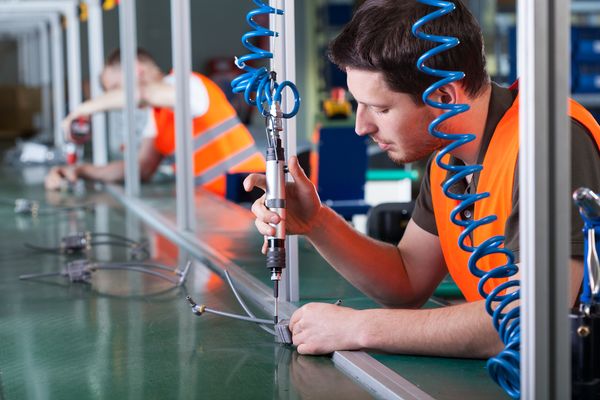
Tax relief is available for capital expenditure incurred for R&D purposes through the Research and Development Allowance (RDA). This often overlooked, yet valuable relief provides 100% tax relief.In the year of acquisition for capital expenditure incurred on the provision of R&D facilities or expenditure on capital assets used by employees carrying out R&D. We would advise any company, or indeed sole trader, engaged in qualifying R&D activities to consider RDAs to ensure they are not missing out on this relief.
Most discussion about tax relief for R&D surrounds the enhanced reliefs available for revenue expenditure (such as wages and materials) that can give companies 230% tax relief on qualifying expenditure, but very little attention is paid to the 100% tax relief given in the year of acquisition for capital expenditure on R&D facilities. This lack of focus is probably due in part to the introduction of the Annual Investment Allowance (AIA) back in 2008 which also provides 100% tax relief in the year of acquisition for certain expenditure. AIA originally provided 100% relief for qualifying expenditure up to £200k – from 1 January 2019 there is a temporary increase to £1m for two years. However, even taking the AIA into account, it is still worth considering RDAs.
The main advantage over the AIA is that RDAs are available on a far wider range of qualifying expenditure than the AIA. The AIA is only available on plant and machinery or integral features, whereas almost all capital expenditure on facilities used in R&D except for land and intellectual property can be claimed under the RDA. For example, the total cost of building a laboratory (excluding the land) would be eligible for relief under RDAs, whereas only the element representing plant and machinery and integral features, up to a maximum of £1m, would be eligible for AIA.
Typical items of capital expenditure which qualify for relief through RDAs are buildings (excluding land and the cost of any dwellings) and also items such as computers, tools and testing equipment. A claim can only be made for a new asset (i.e. it’s not possible to make a claim for an asset which is transferred from manufacturing to R&D). If expenditure is incurred on an asset which is only partly used for R&D, there will need to be a detailed segregation of costs associated with the relevant areas in use for qualifying R&D purposes, in order to maximise the 100% relief.
There can be a degree of clawback of relief if the assets are subsequently sold, demolished or destroyed but nonetheless, this remains a valuable and under claimed relief and we would advise any company undertaking R&D to consider RDAs. If you feel this is something which may be of interest to you, please contact member of our Radius team and find out just how easy it is to make your business's innovation pay.

Darryl Hoy
Darryl is the Technical Director of the Radius team. He is a specialist in Research & Development tax reliefs, having previously worked at HMRC as an R&D Tax Inspector.
View my articles